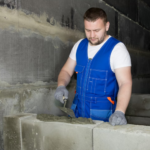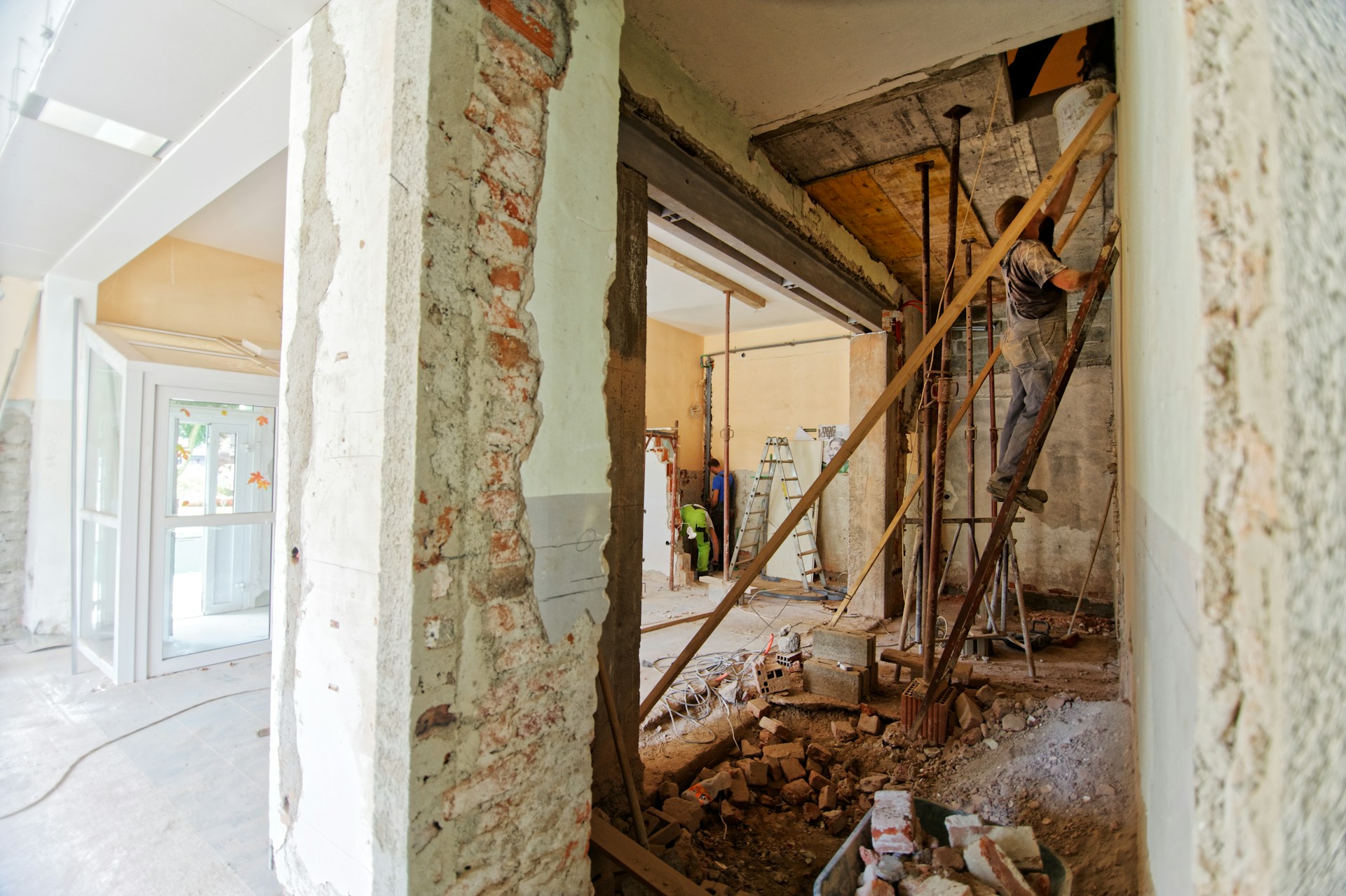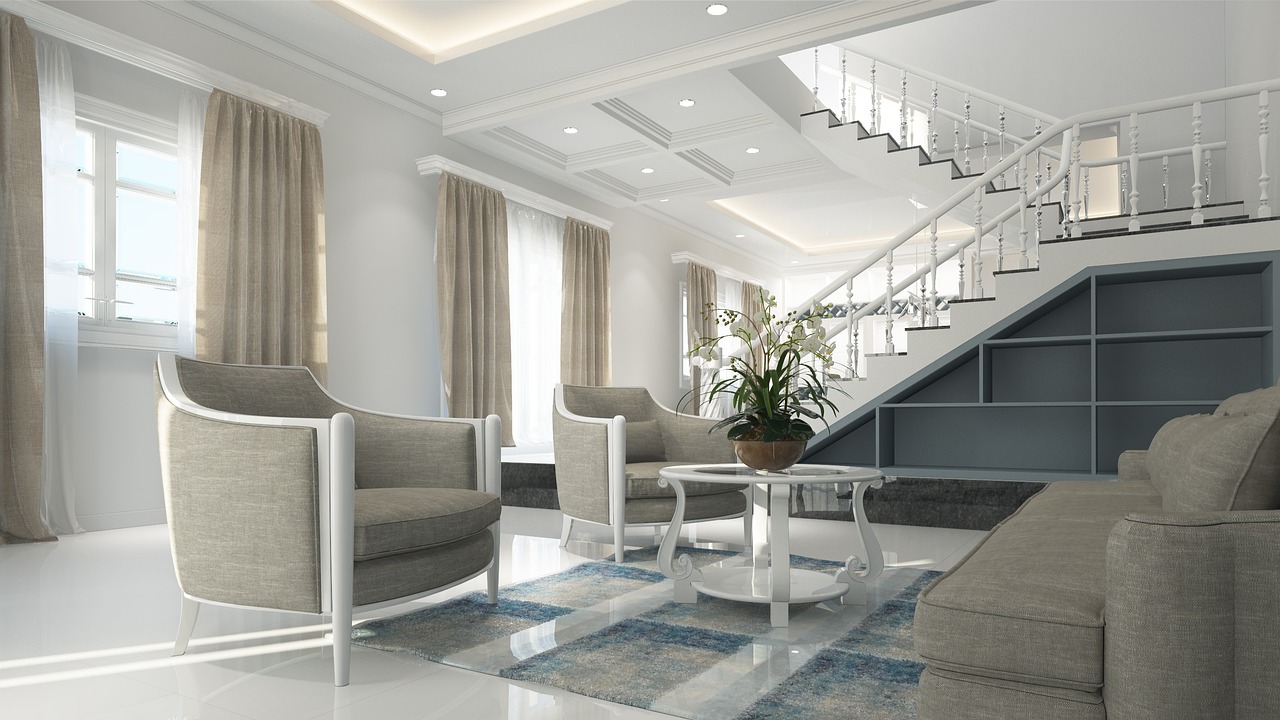Renovating a solid home is a rewarding journey that blends the charm of traditional construction with the conveniences of modern living. Whether you’re restoring a historic gem or updating a classic property, the goal is often to preserve its timeless character while integrating contemporary features. Here’s a friendly guide from Houzz to help you navigate the renovation process, ensuring that you honor the home’s heritage while preparing it for the future.
Embracing the Home’s Original Charm
Preserve Architectural Details
One of the most enchanting aspects of solid homes is their unique architectural details. When renovating, start by identifying and preserving these elements. Features like ornate moldings, original brickwork, or vintage fireplaces add character and should be maintained if possible. Restoring these details not only enhances the home’s aesthetic appeal but also respects its historical value.
Use Authentic Materials
When replacing or repairing elements of the home, choose materials that match the original construction. For example, if you’re fixing a damaged brick wall, use bricks that replicate the original style. This attention to detail helps maintain the home’s authentic look while ensuring that new additions blend seamlessly with the existing structure.
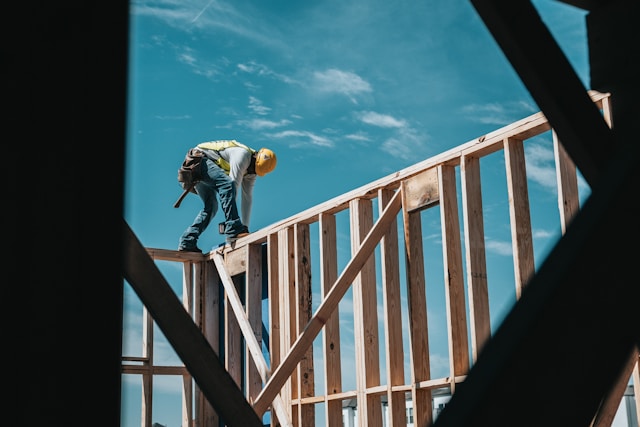
Modernizing with Contemporary Comforts
1. Upgrade Energy Efficiency
One of the most impactful ways to modernize a solid home is to improve its energy efficiency. Adding insulation, upgrading windows to double glazing, and installing energy-efficient HVAC systems can significantly reduce utility bills and enhance comfort. Choose upgrades that blend with the home’s aesthetic, such as energy-efficient windows that match the original style.
2. Incorporate Modern Amenities
Integrate modern amenities that enhance functionality without detracting from the home’s charm. For instance, modernizing the kitchen with new appliances and fixtures while maintaining traditional cabinetry or incorporating smart home technology can offer convenience while respecting the home’s character.
3. Revamp Interior Spaces
Renovate interior spaces to meet contemporary needs while preserving their classic appeal. Open up floor plans to create a more spacious feel, but be mindful of retaining key architectural features that contribute to the home’s charm. For example, adding modern lighting fixtures can brighten up a space without overshadowing original details.
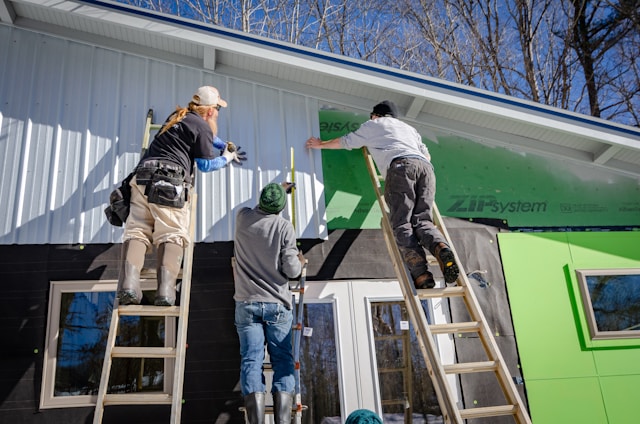
Balancing Tradition and Innovation
1. Maintain Design Harmony
When blending traditional and modern elements, aim for design harmony. Choose contemporary furnishings and finishes that complement, rather than clash with, the home’s traditional features. Neutral colors and classic designs often work well to create a balanced look.
2. Respect the Home’s History
Every renovation should respect the home’s history and story. Incorporate elements that celebrate its past, such as displaying historical photographs or artifacts. These touches can enrich the home’s character and create a meaningful connection between the past and present.
3. Focus on Quality
Whether restoring original features or adding modern elements, prioritize quality craftsmanship. High-quality materials and skilled workmanship ensure that renovations are durable and enhance the home’s value. Investing in quality also helps maintain the home’s integrity and prevents future issues.
In Conclusion
Renovating a solid home is a wonderful opportunity to honor its traditional charm while embracing modern conveniences. By preserving architectural details, using authentic materials, and incorporating contemporary upgrades thoughtfully, you can create a living space that respects the past and is prepared for the future. Balancing tradition with innovation ensures that your renovated home remains a timeless treasure, offering both historical appeal and modern comfort for years to come.





